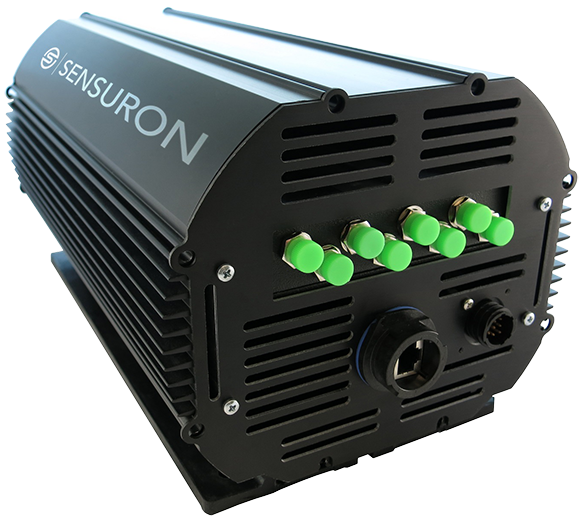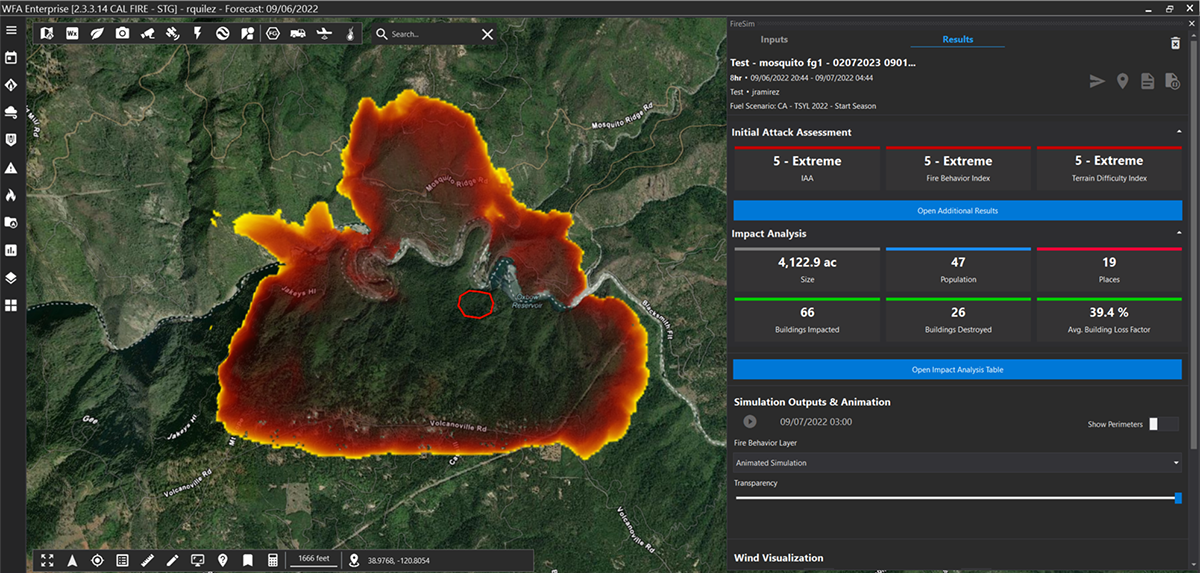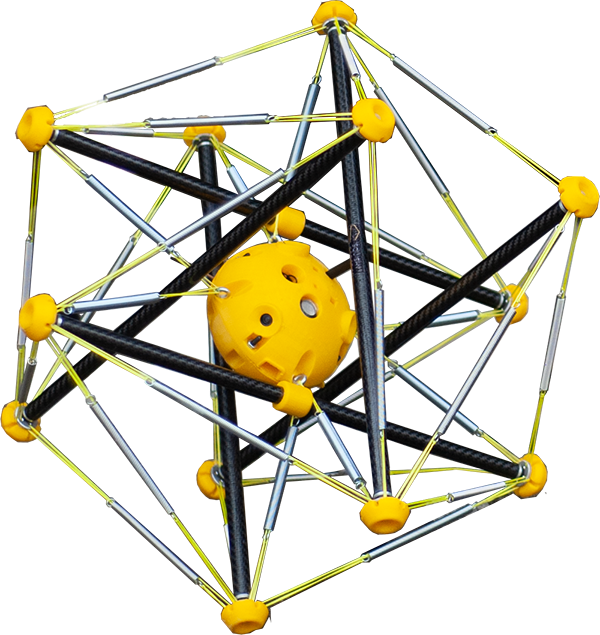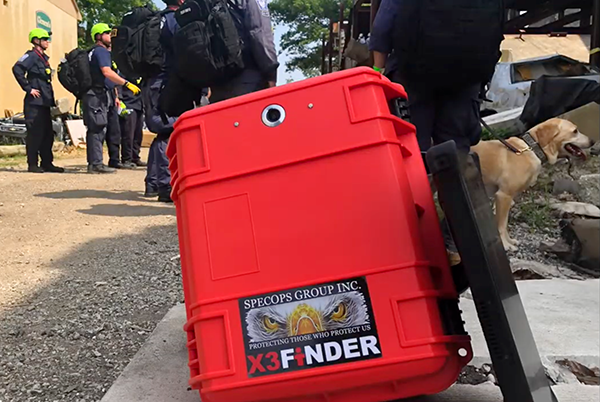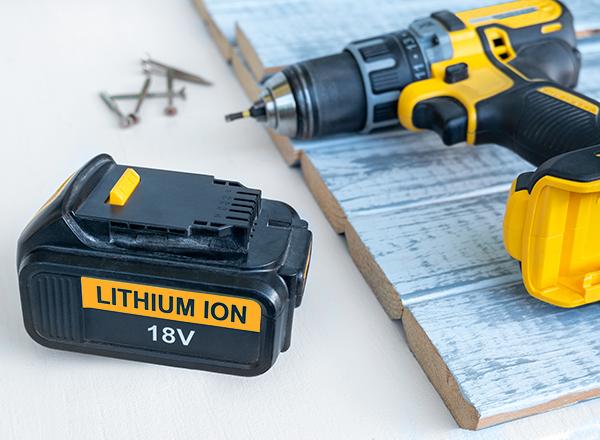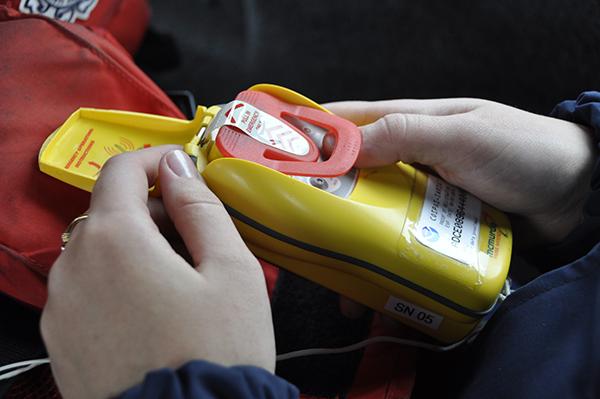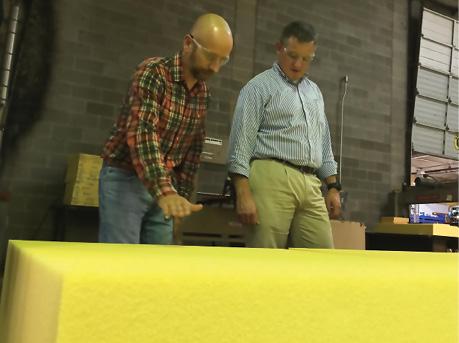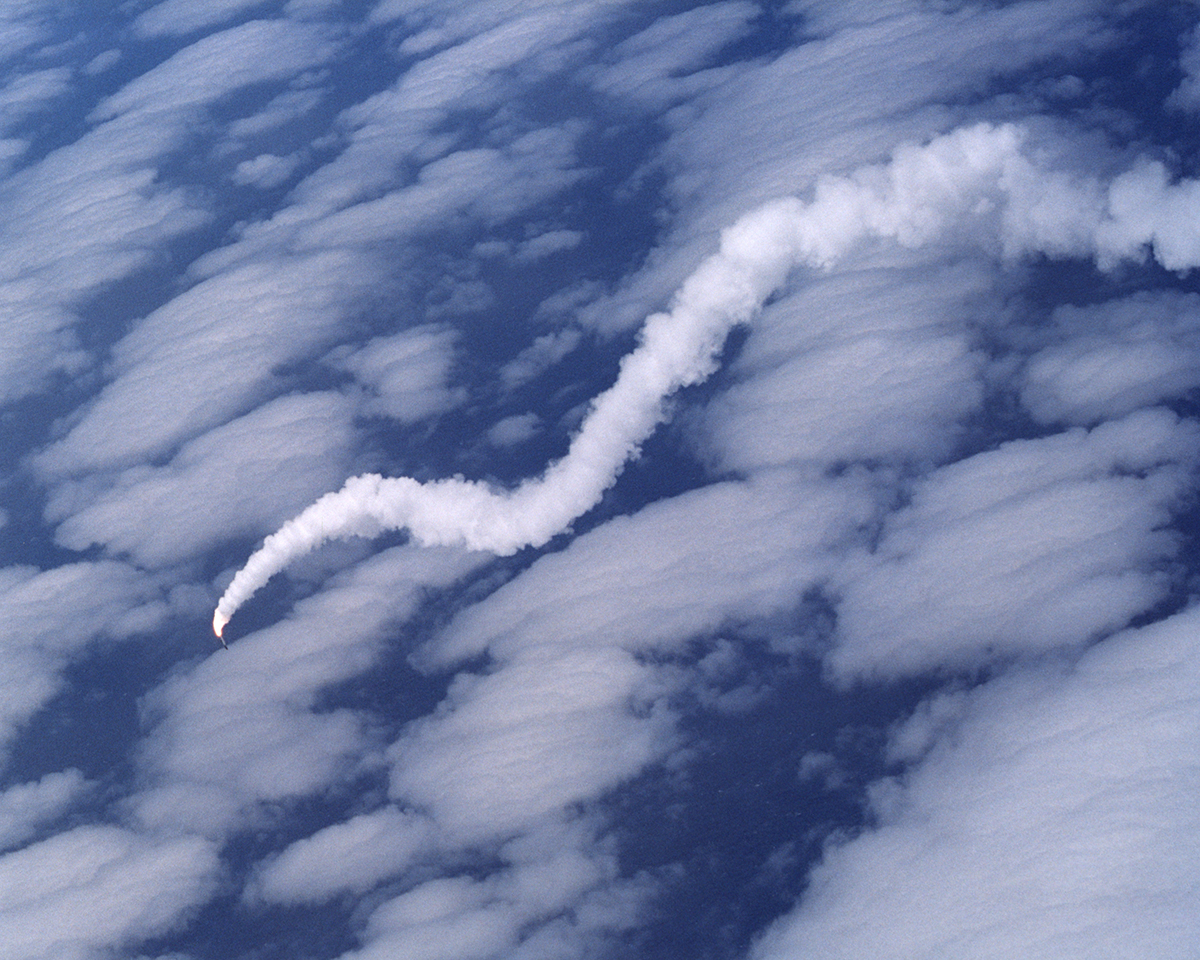
A Better Backup Plan for the Unthinkable
Subheadline
Autonomous self-destruct technology eliminates the cost of human error
When a rocket launches, the ground command only has three to five seconds to abort if needed — allowing the rocket to continue to fly or losing millions of dollars and years of work with a destruct order. But it takes time to send a command, so that leaves only 2.5 seconds to interpret data and make the decision. That can lead to a mistake resulting in the loss of a rocket when it isn’t necessary. That’s the way it was always done until the development of NASA Autonomous Flight Termination Unit (AFTU) hardware. The company that helped develop the first commercial version, Sagrad Inc., offers a smaller, cheaper, more advanced version of the technology for rockets, military applications, and uncrewed vehicles such as drones.
Starting in 2025, any vehicle launching from a federal launch site, called a range, will be required to install and use an AFTU. It replaces the conventional ground-based, human-operated range safety system, which requires specialized staff and extensive infrastructure, much of which is owned by the military. With that infrastructure aging, in 2015, the Department of Defense requested that NASA develop an alternative. The idea was simple — an onboard unit that could evaluate data from navigation sensors in flight using customized algorithms to make flight termination decisions. The reality, however, was complicated.
Nothing like it existed at the time. Creating this custom technology would have required private space companies to invest years and millions of dollars, which most don’t have, according to Lisa Valencia, who managed the project at NASA at the time. It’s the kind of problem the agency is good at solving, so the development team asked for input.
“We called together all these companies in the industry and asked about the conditions they experience —
the environment, vibration, thermal issues — because we wanted to build something that everybody can use,” said Valencia. The partnership between NASA’s Kennedy Space Center in Florida and Melbourne, Florida-based Sagrad had contributions from the Defense Advanced Research Projects Agency, Air Force, and Federal Aviation Administration (FAA).
With NASA providing technical expertise, the company helped build the first AFTU — an independent, self-contained subsystem for launch vehicles. The hardware and software use algorithms to compare in-flight performance data from various sensors to mission-specific flight parameters, determining if systems are operating correctly and executing a termination when problems can’t be corrected.
Multiple Launches, Multiple Sites
Now retired, Valencia said the team expected the project to take a year. The system proved reliable after four years of development work, hundreds of mandatory tests, and multiple test flights, including a NASA Flight Opportunities test flight. Independent verification of AFTU performance, improved safety, and significant cost savings per launch are spurring industrywide adoption.
“Back in the day, you could only fly one rocket at a time. It took days to configure the range. Even
if you used the backup range, you could only fly two at most. But now you can fly multiple vehicles,” said Valencia. That’s partly because most of the technology required for range safety is now located on the rocket, limiting the work required on the ground. A standardized technology, the AFTU offers global coverage, meaning a launch vehicle no longer needs to be launched from a dedicated range.
The new system is universal, designed to work for a single rocket or large vehicles with multiple boosters. Each rocket with this small piece of hardware can be tracked independently. If multiple rockets are returning to Earth while another is flying the second stage into orbit, each has its own program to evaluate flight conditions and automatic termination instructions, protecting the public.
Making the technology effective and available for both commercial and military applications is important, Valencia said.
“When I see these commercial companies as well as our military using something that we developed, it’s extremely rewarding. I know we’re saving them a lot of time and money and stress,” she said.
To make the hardware available only to U.S. entities, NASA didn’t patent it but instead distributes the design package at no cost through technology transfer agreements. To date, the agency has completed 46 such agreements, one of which was with Sagrad, allowing the company to develop its own version.
Sagrad offers the SG901-1229 AFTU using the NASA specifications for autonomous flight termination, as well as the next-generation, SG901-1250-1, called the Integrated Autonomous Flight Termination Unit (IAFTU). John Rizzo, senior vice president of business and programs for the company, said the IAFTU is 45% smaller and supports multiple sensors manufactured by different companies.
“We wanted the IAFTU to have the adaptability to plug and play, adding different GPS receivers into the box without having to change the real estate,” said Rizzo. As sensor technology changes and improves, it will be possible to continue to use the same, low-cost integrated hardware.
Just Turn Off the Motor
Once the FAA allows remote pilots to operate drones that go beyond operators’ line of sight, it will be necessary to have a system that can automatically terminate a flight. The IAFTU is also designed to work on heavy-lift drones and other uncrewed vehicles used for purposes like shipping, ground observation, or infrastructure inspection.
Just as a rocket could experience a problem right after takeoff, a drone could veer off course due to environmental or mechanical issues. However, instead of self-destructing like a rocket and potentially scattering debris over a wide area, the AFTU can send a command to turn off the fuel source of the motor. The drone can then crash land in an area away from people or property.
Because the Sagrad AFTU was designed to work for any vehicle that might fly over populated areas, it has greater processing power, allowing a remote pilot to send multiple commands to the vehicle. Quickly correcting a technical difficulty or changing the flight plan could prevent the need to prematurely end the flight.
“The electronics are designed to continue to operate through very adverse weather and applications using the same kind of redundant systems required for airlines,” said Rizzo. He credits NASA’s willingness to make the AFTU available at no cost as instrumental to the availability of this advancement in flight safety.
“We were happy to be at the forefront of this technology development.”
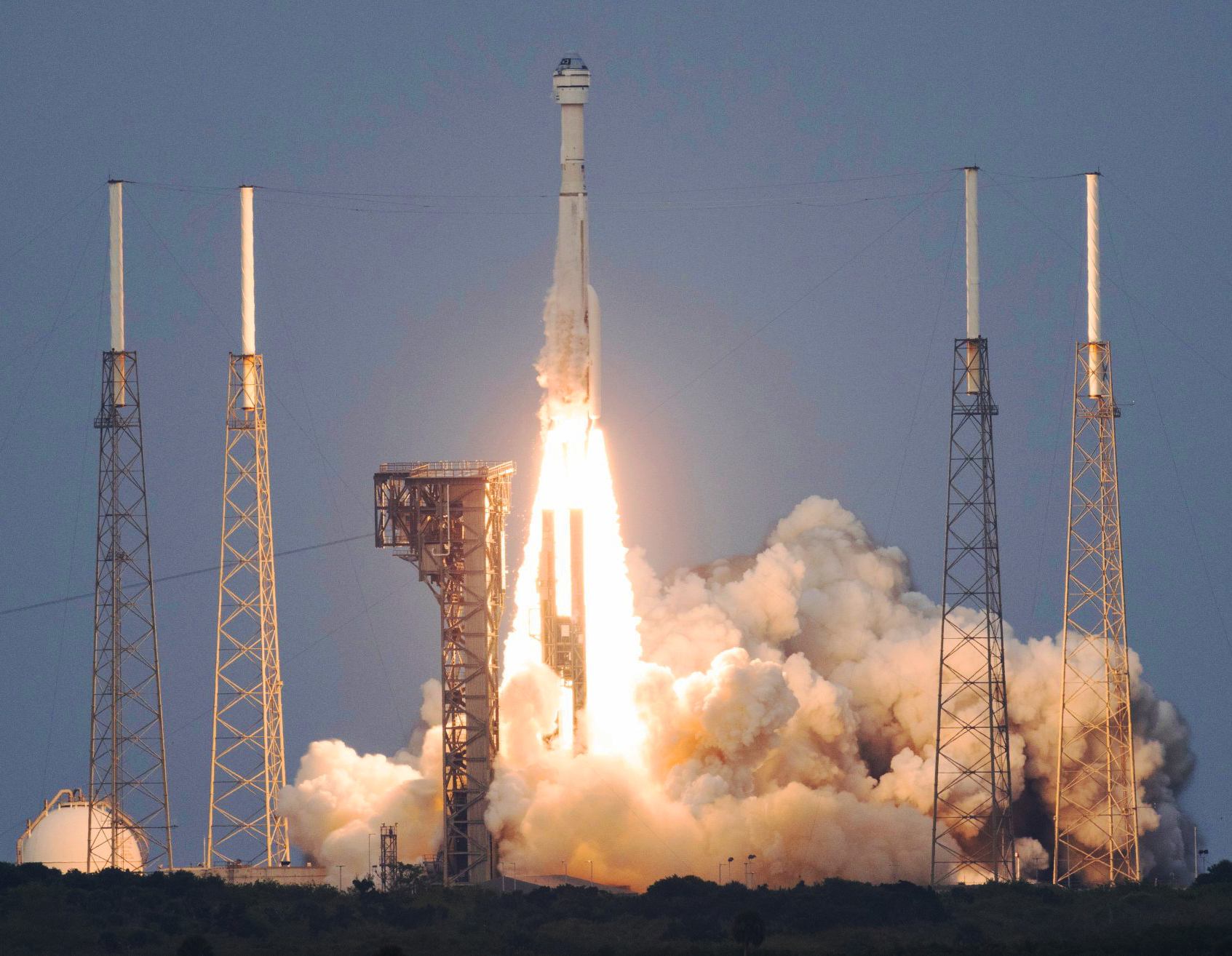
Starting in 2025, any rocket that launches from a federal launchpad like this one at Space Launch Complex 41, Cape Canaveral Space Force Station, will be required to have an autonomous flight termination unit (AFTU). The device automatically terminates the flight if data indicates the flight parameters aren’t met. Credit: NASA
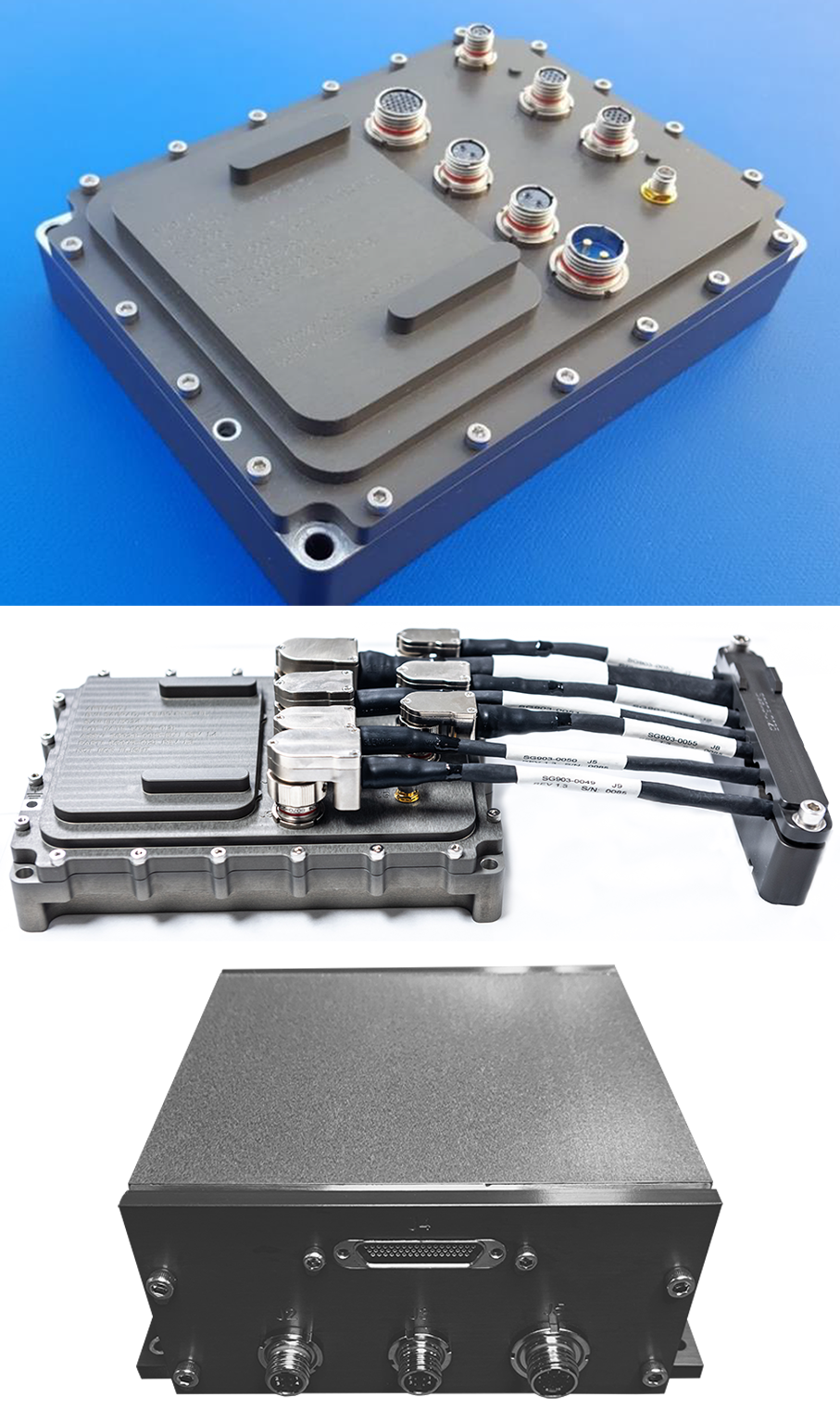
AFTU hardware tested by NASA’s Flight Opportunities program (top) replaces the human decision-making step required to assess any problems a rocket might have and then send a destruct command. Sagrad helped build the technology and now sells smaller, cheaper versions – the original AFTU (center) and the new Integrated AFTU (bottom). Credit: NASA (top) Sagrad Inc. (center, bottom)

There are only a few seconds for ground command to decide to terminate the flight of a rocket after launch if something goes wrong. Terminating a flight over the ocean, like this one, prevents any debris from posing a risk to people on the ground. Credit: NASA




